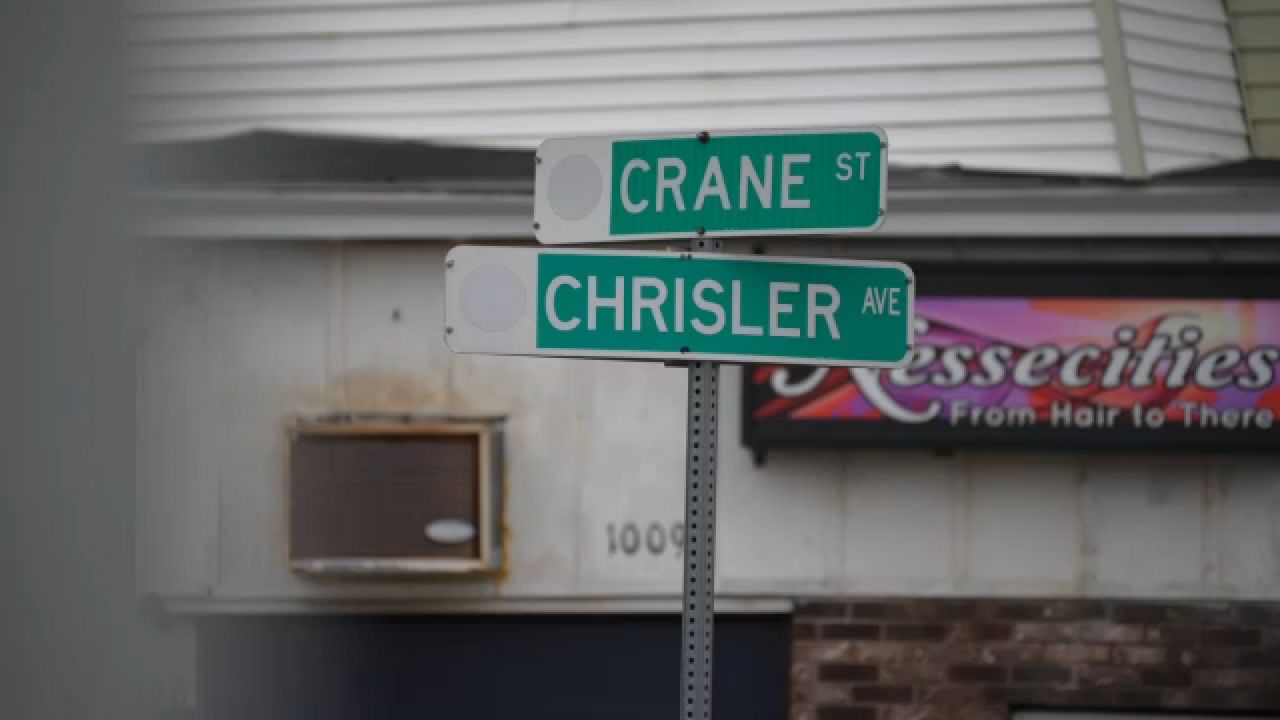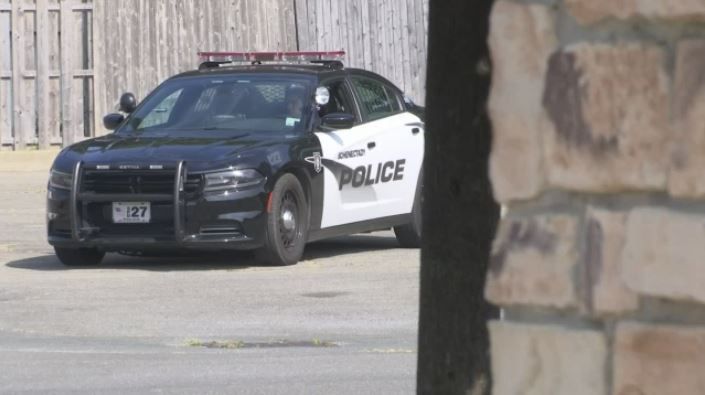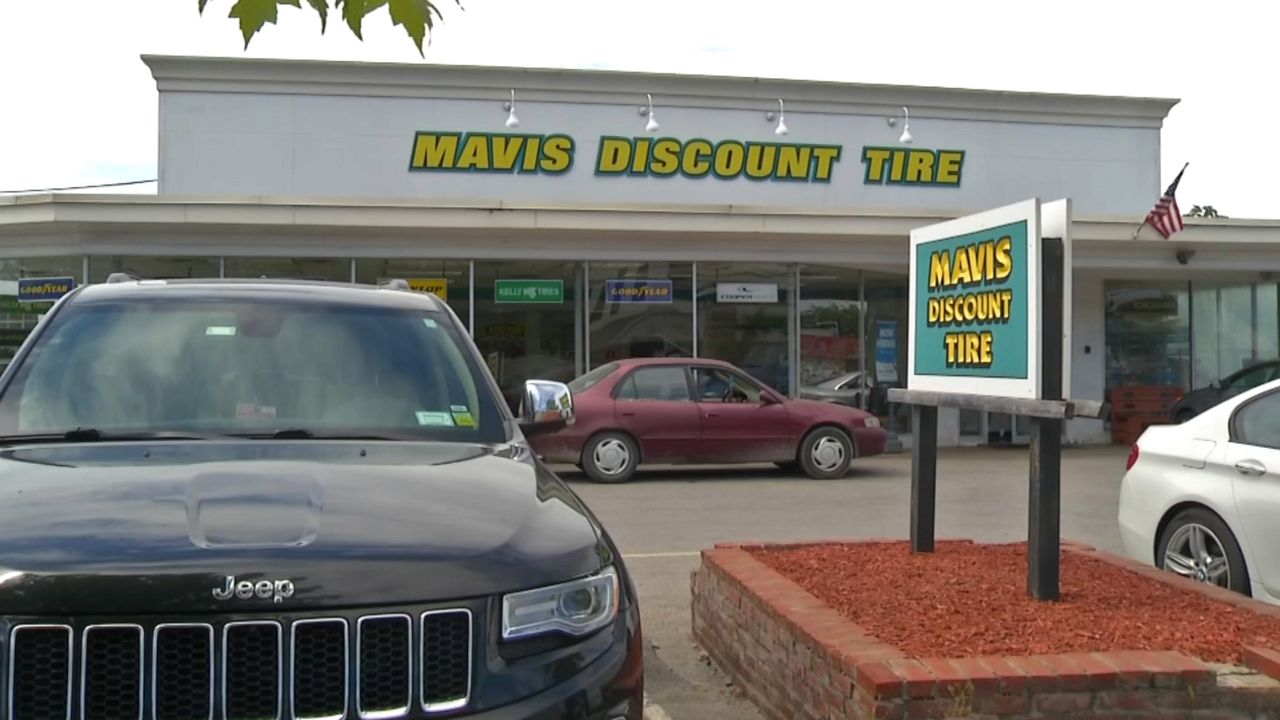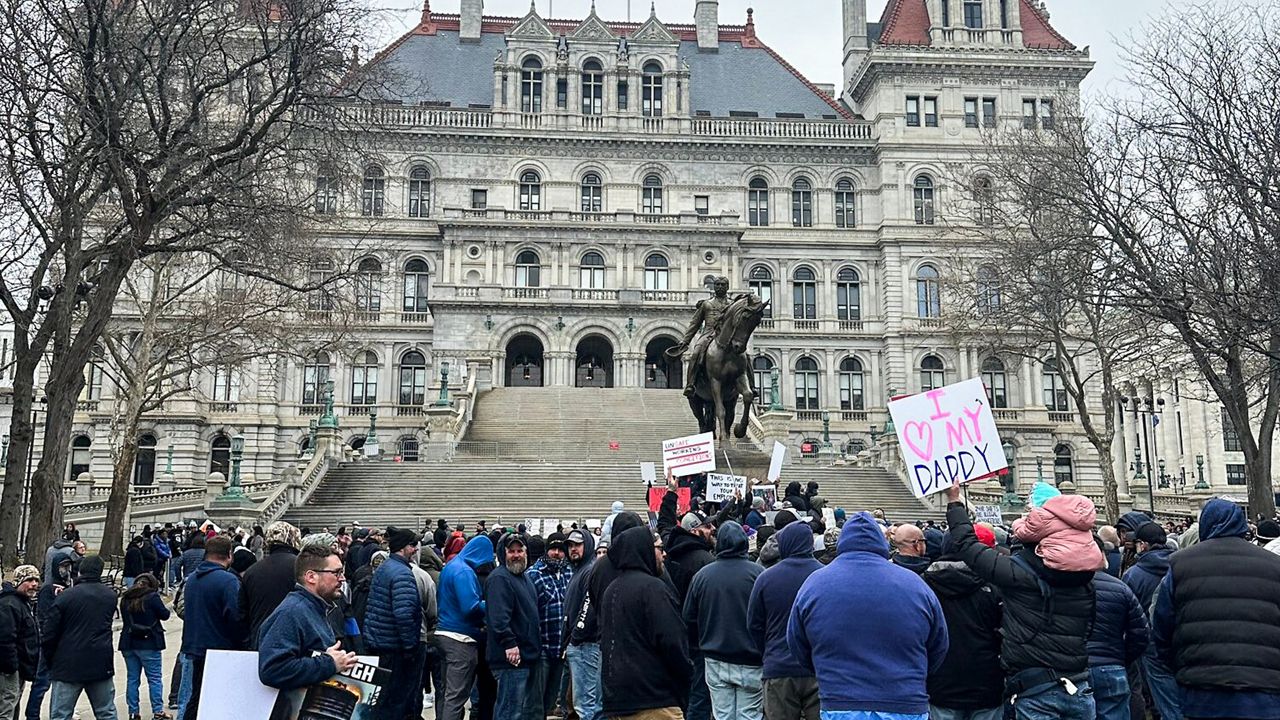The heroic acts of firefighters have been seen time and time again, as they put their lives at risk to run into burning buildings. But, they’re fighting more than just fires. There’s a hidden danger that comes with this job. Cancer is the number one cause for line of duty deaths of firefighters, and the Cohoes Fire Department is seeing the effects of those risks first hand.
“I’m the captain here, so I run the shift,” Captain Jamie Hogan said. “I make sure that every single guy has appropriate gear and we’re protected as much as possible.”
Hogan always makes sure those at the Cohoes Fire Department are ready for the call.
But even with the best precautions and trainings, the risks of firefighters go beyond battling the burning buildings.
“You know the job is inherently dangerous when you take the job, some of the things that you don’t think about, is what we’re talking about today, the cancer,” Chief Joseph Fahd said.
Cancer is the biggest threat to firefighters, and one the chief knows personally, after being diagnosed with bladder cancer six years ago.
“At 21 you think you’re invincible, you know?” he said. “But again cancer back in the 60s and 70s is unheard of.”
Cancer caused 66% of career firefighter line-of-duty deaths from 2002 to 2019, according to the International Association of Fire Fighters. Firefighters have a 9% higher risk of being diagnosed with cancer and a 14% higher risk of dying from cancer than the everyday person.
“I never thought about it until I turned 50 years old and got diagnosed, never, not even once thought I was going to get cancer,” Hogan said. “I was like, ‘[it] can’t happen to me, I’m invincible.’”
Hogan is just one of a handful of those battling the disease within the department, after getting diagnosed with bladder cancer back in 2020, and having it come back not just once, but twice.
“After the surgery, she brought me in and told my wife and I that I needed to find a different thing to do because firefighting was over,” the captain said. “But, I’m stubborn, so I said I was going to get through it, and I did, I’m back."
Meanwhile, firefighter Thomas Fiffe was diagnosed with kidney cancer in 2021, which can be known to be aggressive. But luckily it was caught in the early stages.
“Mine was found by a kidney stone,” Fiffe said. “My cancer especially, there was no signs nothing, no pain. They say by the time you have pain it’s too late. A simple scan ultrasound or CT of your kidney will show a cyst and you can go from there”
While he straps in to get behind the wheel of the truck, that same gear that’s meant to protect them could actually be doing the opposite.
“The only scare that we have right now is like the chief was saying is that they’re finding out that our protective gear our turn out gear, is contaminating us,” Hogan said.
The firefighter’s union is warning that gear may be filled with cancer-causing chemicals, according to several studies. Local Union President Robert Wattsman explains that homes are the belongings inside are burning hotter and give off more dangerous toxins. He says the scary part is the gear can also be emitting potentially dangerous toxins.
“There’s PFOAs in the fabrics and it’s built into the gear to get that water away from our body but it’s also, now heat is kind absorbing it back in,” Wattsman said.
That’s on top of the carcinogens left behind in the smoke and soot on their gear.
“Currently Cohoes doesn’t have a second set gear like some of the other fire departments,” he said. “We’re such a small department. So if we do get a structure fire the guys are wearing that gear for the rest of their shift.”
And while they now talk about the risks more than ever before, there’s still a long way to go.
“I think it’s much better today because we’re talking about it,” Hogan said. “When I started 27 years ago, we didn’t even really have the proper equipment we didn’t have the air packs.”
“Even now, anyone that walks through the doors I tell them in 10 years even if you don’t feel anything go get checked out,” Fiffe said. “We have insurance.”
The one thing that remains true is that they’ll continue to risk it all for a job that they love.
“I get the conversation every day, ’oh you have cancer why did you come back?’ But this is my life, I love it, it’s my calling,” said Hogan.
The three all had good prognoses and surgeries to remove the cancer. The Cohoes Fire Department has worked with St. Peters health partners to provide screenings for their department, and are looking to continue that.
The firefighters union that represents Cohoes is working with suppliers to make their protective gear PFOA-free. Wattsman says this is more of a long-term goal.










